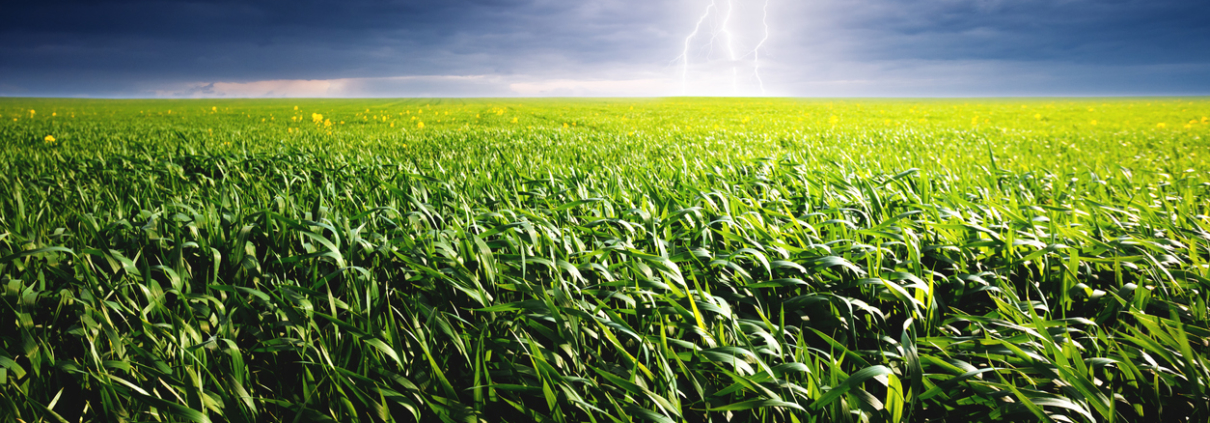Storm damage increases as crops mature across Western Canada
Storms continue to result in light-to-medium damage in most areas but maturing crops mean significant losses in some cases, according to the Canadian Crop Hail Association.
The storms occurred July 11-17.
CCHA member companies are investigating more than 2,100 claims of crop damage during the time period.
Companies contributing to this report are Co-operative Hail Insurance Company, Manitoba Agricultural Services Corporation, Ag Direct Hail Insurance, Agriculture Financial Services Corporation, Additional Municipal Hail, Palliser Insurance Company, Rain and Hail Insurance Service
CCHA President Scott McQueen of Palliser Insurance said adjusters are seeing heavier damage to all types of crops.
“As crops mature, they become more susceptible to hail and therefore payments start to increase leading up to harvest,” he said. “We are also seeing complete crop devastation in isolated areas with golf ball size hail. Light to medium hail is still the trend right now with odd small areas receiving total destruction. Harvest in some areas is right around the corner so we encourage farmers to leave adequate samples for adjusters. If you are unsure what to leave, please contact your crop hail insurance provider for help.”
Murray Bantle, of Co-operative Hail Insurance, said the most severe storms occurred on July 17.
“Three major cells along, with various pop-up cells, created the largest storms of the week resulting in 60 percent of the claims,” he said. “A storm tracking west from the Alberta border left a 110-kilometer line of damage from Kerrobert east to Biggar. Early reports indicate this area has some severe crop damage. A second storm line caused sporadic damage over a 400-kilometer line from Elbow tracking southeast to Redvers continuing on to Manitoba. The third cell, 100 kilometers long, stretched from Ogema to Oungre on an east-southeast path.”
Here’s a look at storm damage across the region.
Alberta
Crops damaged: cereals, Oilseeds, pulses, legumes barley, canola, corn, faba bean, flax, forages, lentils, oats, peas, potatoes, rye, triticale, wheat, oats and silage crops.
Communities impacted include: Carstairs, Didsbury, Linden, Sundre, Eagle Hill, Olds, Torrington, Three Hills, Stauffer, Penhold, Red Deer, Delburne, Rocky Mountain House, Condor, Eckville, Sylvan Lake, Bentley, Lacome, Alix, Leahurst, Alliance, Bluffton, Crestomere, Ponoka, Bashaw, Maskwacis, Coronation, Veteran, Consort, Monitor, Hanna, Sedelia, New Brigden, Trochu, Galahad, Ponoka, Stettler, Provost.
Saskatchewan
Crops damaged: cereals, oilseeds, pulses, lentils, pea, wheat, durum, canola, oats, barley
Communities impacted include: Southey, Craik, Holdfast, Avonhurst, Duvall, Earl Grey, Edenwold, Esterhazy, Imperial, Odessa, Southey, Strasbourg, Vibank, Warman, Bulyea, Markinch, Redvers, Whitewood, Biggar, Brownlee, Central Butte, Ceylon, Chamberlain, Handel, Kerrobert, Landis, Loreburn, Luseland, Manor, Montmartre, Moose Jaw, Odessa, Oungre, Radville, Tribune, Tugaske, Wawota, Weyburn, Allan, Kenaston, Govan, Stalwart, Pilot Butte, Balgonie, Wolsley, Francis, Cupar, Qu’Appelle, Grenfell, Moosomin, Kerrobert, Kelfield, Loreburn, Bethune, Marquis, Pangman, Ceylon, Duval, Regina, Pense, Kerrobert, Macklin, Weyburn, Kenaston, Davidson, Major, Viscount.
Manitoba
Crops damaged: cereals, oilseeds, pulses, edible beans, canola, soybeans, potatoes, wheat, hemp, peas, oats.
Communities impacted include: Winkler, Minto, Brandon, Margaret, Nesbitt, Ninette, Boissevain, Wawanesa, Souris.
For more information and past reports: cropinsuranceincanada.org

